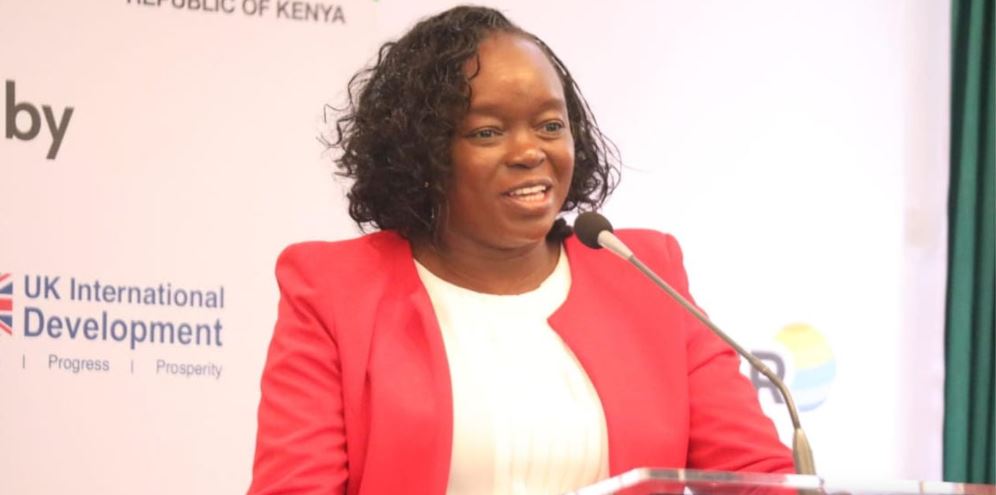
The Kenyan government has taken a decisive step to protect its people and economy from the growing threat of natural disasters by launching the Early Warnings for All Initiative.
This nationwide disaster preparedness strategy focuses on strengthening the country’s ability to respond swiftly and effectively to emergencies like droughts, floods, and disease outbreaks—events that are becoming more frequent and severe due to climate change.
Recent studies show that climate change continues to intensify extreme weather across Kenya, yet Africa still lacks the comprehensive observational data needed to predict how these changes will unfold in the future. This gap makes it harder for countries to prepare adequately.
The Early Warnings for All Initiative aims to close this critical information gap through four main pillars: collecting accurate data and assessing risks, improving observation and forecasting systems, ensuring rapid communication and dissemination of warnings, and boosting response capabilities at both national and community levels.
Authorities believe this well-rounded approach will empower Kenya to make timely decisions that can save lives and protect livelihoods.
Importantly, the initiative balances national policy coordination with grassroots action. It seeks to build resilience directly in communities vulnerable to disasters, while strengthening the systems that support them. Government officials are confident this project will not only reduce human suffering but also safeguard Kenya’s economic progress and long-term development goals.
At the official launch on Wednesday, Cabinet Secretary for Environment, Climate Change, and Forestry Dr. Deborah Mlongo Barasa stressed the power of data-driven tools in disaster management. “Every Kenyan—regardless of where they live or what language they speak—deserves access to life-saving information before disaster strikes. This initiative will do exactly that,” she said.
Dr. Barasa called on all stakeholders—from government agencies to local communities—to unite and work together to build an early warning system that will cut down loss of life, enhance food security, and bolster Kenya’s resilience against climate-induced shocks. She also announced that 5% of the national disaster risk management budget would be dedicated to upgrading early warning systems across various institutions.
To ensure deeper community involvement, she urged county governments to include early warning outreach activities at sub-county and ward levels in their 2025/26 financial plans.
Several key institutions have been tasked with driving the initiative forward. The Kenya Red Cross, Kenya Meteorological Department (KMD), National Disaster Management Unit, along with national and county governments, will collaborate closely to make the initiative a success.
Dr. David Gikungu, Director of the Kenya Meteorological Department, explained how the initiative will help Kenya fill critical gaps in its early warning infrastructure.
“By increasing the number of observation stations—especially in underserved regions such as the arid and semi-arid counties and vulnerable coastal zones—we aim to meet global standards for early warning observational capabilities,” he said.
Expanding Kenya’s weather monitoring network is essential to delivering timely and reliable data that will help communities prepare better for climate-related disasters.
The initiative also benefits from strong international partnerships. British High Commissioner to Kenya, Neil Wigan, praised the ongoing collaboration between Kenya and the UK Met Office, which has played a key role in improving weather forecasting accuracy.
“During my time in Kenya, I have witnessed firsthand the devastating effects of climate change, including in Mathare where last May floods displaced families and destroyed livelihoods,” Wigan said. “Through our weather and climate information services programme, delivered in partnership with the Kenya Meteorological Department, authorities in Garissa and Tana River Counties use seasonal forecasts to develop action plans, helping to prevent disasters. Today’s launch means we’re going further, together.”
Following the launch, a three-day workshop will bring together key stakeholders to map out strategies and coordinate efforts that will ensure the initiative’s success. This collaborative approach marks a hopeful step toward a safer, more resilient Kenya—better prepared for the growing climate challenges ahead.